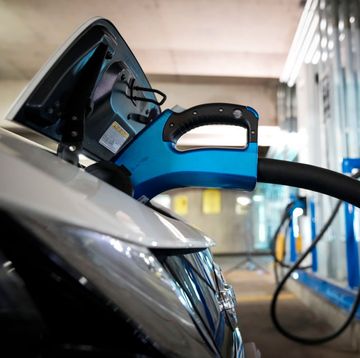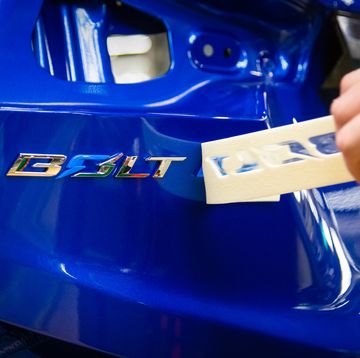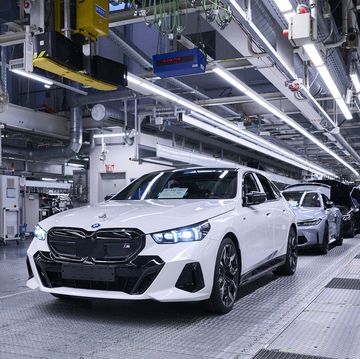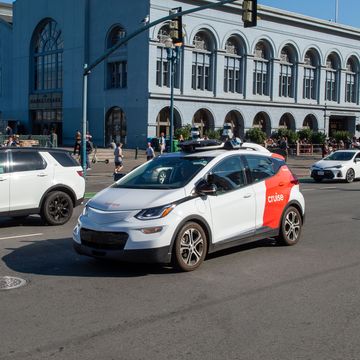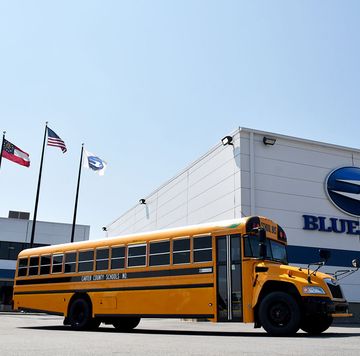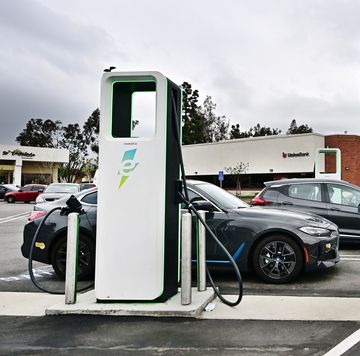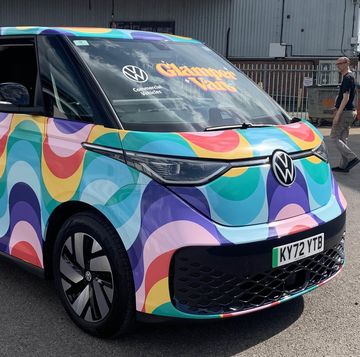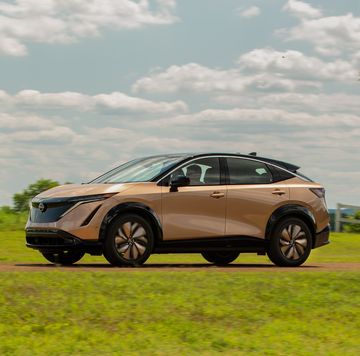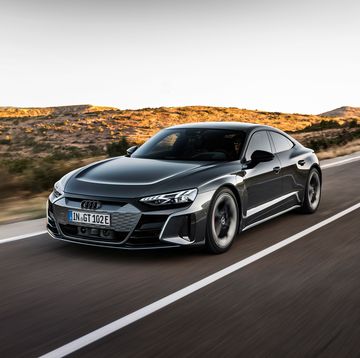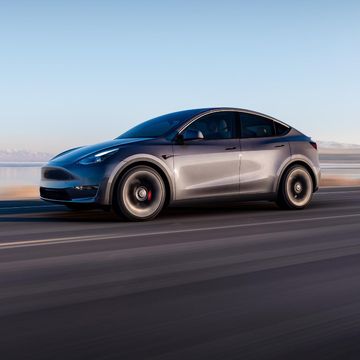- New Jersey Governor Phil Murphy signs executive order initiating the process of adopting California's Advanced Clean Cars II framework to phase out sales of gas-engine cars and light trucks by 2035.
- The executive orders also envision changes to the state's use of natural gas, as well as the introduction of zero-carbon-emission heating and cooling systems to residential and commercial buildings.
- A number of East Coast states with large urban areas have yet to begin addressing curbside charging for car owners with overnight street parking, among other challenges.
New Jersey is the latest state to adopt California's Advanced Clean Cars II framework that will see a gradual phase-out of the sales of gas- and diesel-engine cars and light trucks by 2035. New Jersey Governor Phil Murphy kicked off the effort with the signing of three executive orders this week aimed at advancing clean energy programs, which also included plans for the state's natural gas utilities and electrification of the building sector.
New Jersey's adoption of Advanced Clean Cars II through executive action follows similar moves by New York, Vermont, Oregon, Washington, and others, with the latter setting a more ambitious target of 2030 for ZEV-only sales. A number of states have also adopted programs aimed at expanding EV infrastructure, in addition to setting interim targets between now and 2035.
"These bold targets and carefully crafted initiatives signal our unequivocal commitment to swift and concrete climate action today," the governor said. "We've turned our vision for a greener tomorrow into a responsible and actionable roadmap to guide us, and it's through that pragmatic, evidence-based approach that we will ultimately arrive at our destination."
New Jersey's clean energy agenda, announced by the governor in a speech at Rutgers University this week, will also address the state's sources of energy, including plans for commercial buildings to shift away from using natural gas in favor of electricity. This part of the agenda will set a target of building zero-carbon-emission heating and cooling systems in 20,000 commercial properties and 400,000 residential buildings by the year 2030.
The governor also signed executive orders for the state to allocate $70 million from the Regional Greenhouse Gas Initiative (RGGI) auction proceeds to help private consumers, businesses, and local governments to purchase medium- and heavy-duty EVs, including electric buses.
As these actions were taken through an executive order rather than legislation, implementation of ACC II will be done through a state agency rulemaking process. This means the appropriate state agencies will have to adopt administrative rules to bring about the planned phase-out.
"With Governor Murphy's leadership and support, DEP will make new investments and advance regulatory reforms that, together, will help reduce emissions of climate pollutants and better protect our communities and businesses from extreme weather, flooding, and sea-level rise," said Department of Environmental Protection Commissioner Shawn M. LaTourette.
New Jersey has some advantages compared to a number of other East Coast states in increasing the size of its EV network, since so much of the state is urban or suburban. The state may have an easier time filling gaps in geographic EV station coverage, when it comes to miles one needs to travel to the nearest charger, even though much work remains to be done to permit even 50% of cars sold in the state to be electric. But the Garden State will also face the challenge of providing sufficient curbside charging for apartment and townhouse dwellers who rely on street parking at night—a category of car owners that has remained largely unaddressed in discussions of ZEV mandates.
What do you see as the main challenges to the 2035 target for individual states? Let us know in the comments below.

Jay Ramey grew up around very strange European cars, and instead of seeking out something reliable and comfortable for his own personal use he has been drawn to the more adventurous side of the dependability spectrum. Despite being followed around by French cars for the past decade, he has somehow been able to avoid Citroën ownership, judging them too commonplace, and is currently looking at cars from the former Czechoslovakia. Jay has been with Autoweek since 2013.

